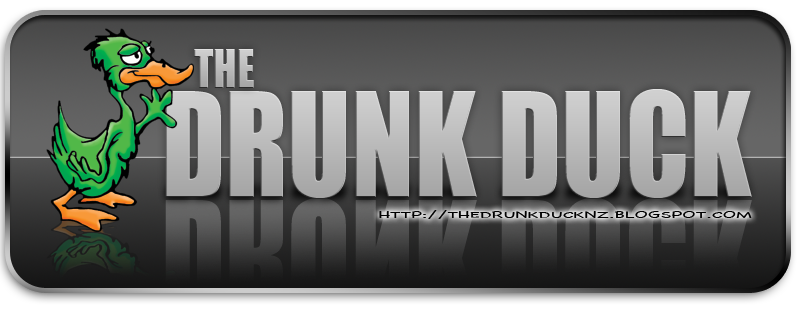Pouring the Beer
If you are pouring the beer yourself from a bottle gently run it down the side of the glass. Judge your pour speed based on the head that is forming. Aim to have about a two finger head when you're done. Some beers contain visible yeast at the bottom of the bottle that is meant to be drunk with the beer. If this is the case, stop the pour with a bit of beer left in the bottle. Swirl the remaining liquid to lift the yeast sediment and pour it into your glass.
Appearance
Note whether the head is dense or thin. Heads are sometimes described as rocky if they are especially dense with dips and peaks forming as some of the bubbles pop. The color of the head is also worth noting and can range from pure white on Pilsners to light or medium brown on some stouts and porters.
Examine the appearance of the beer itself. Hold the glass up to the light and note the color and whether it is cloudy or clear.
Aroma
Note whether it smells primarily of hops or malt. Generally speaking light colored beers will smell more of hops while darker beers tend to have a pronounced malt, roasted, chocolate or coffee aroma. Many ales have a hard to pin down spiciness or fruitiness from their yeasts.
Take your time with the aroma. Try to take three good sniffs before your first sip. If you're taking notes, stop to write your impressions before the first sip distracts you.
First Sip
When taking your first sip, try to note the initial sensation as the beer enters your mouth. Think about whether it is sweet, bitter or something else. Beer, especially ale, can be very complex. There can be quite a difference between the first taste and the finish.
Mouthfeel
This is the texture of the beer or how it physically feels in your mouth. Beer ranges from silky dry stouts, to thick and chewy Scotch ales to thin and fizzy Berliner weisses. This is an important characteristic of a beer.
Finish
Note the lingering flavors after you swallow the drink. Often it can be bitter from the hops or a lingering malty sweetness. Stop before your next drink and try to write down everything that you just detected. Try to confirm it all with your second drink or see if you need to rethink your conclusions.
Tips
Do not taste new beers with food or soon after eating. The lingering flavors from food can greatly affect your impression of the brew.
Cleanse your palate with water. Crackers or cheese are fine but you should remember that even these foods can affect the apparent flavors of the beer.
If you're tasting a number of different beers, let the color be your guide. It is best to taste from light to dark.
